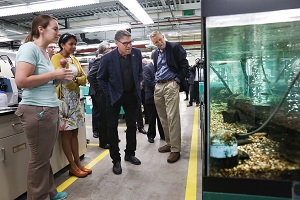
Biogeochemical Transformations at Critical Interfaces
ORNL Mercury Science Focus Area (SFA)

Ecosystem Processes
Microbial Community
Processes


Biogeochemical Processes
Field-scale Modeling Activity

Featured Highlights
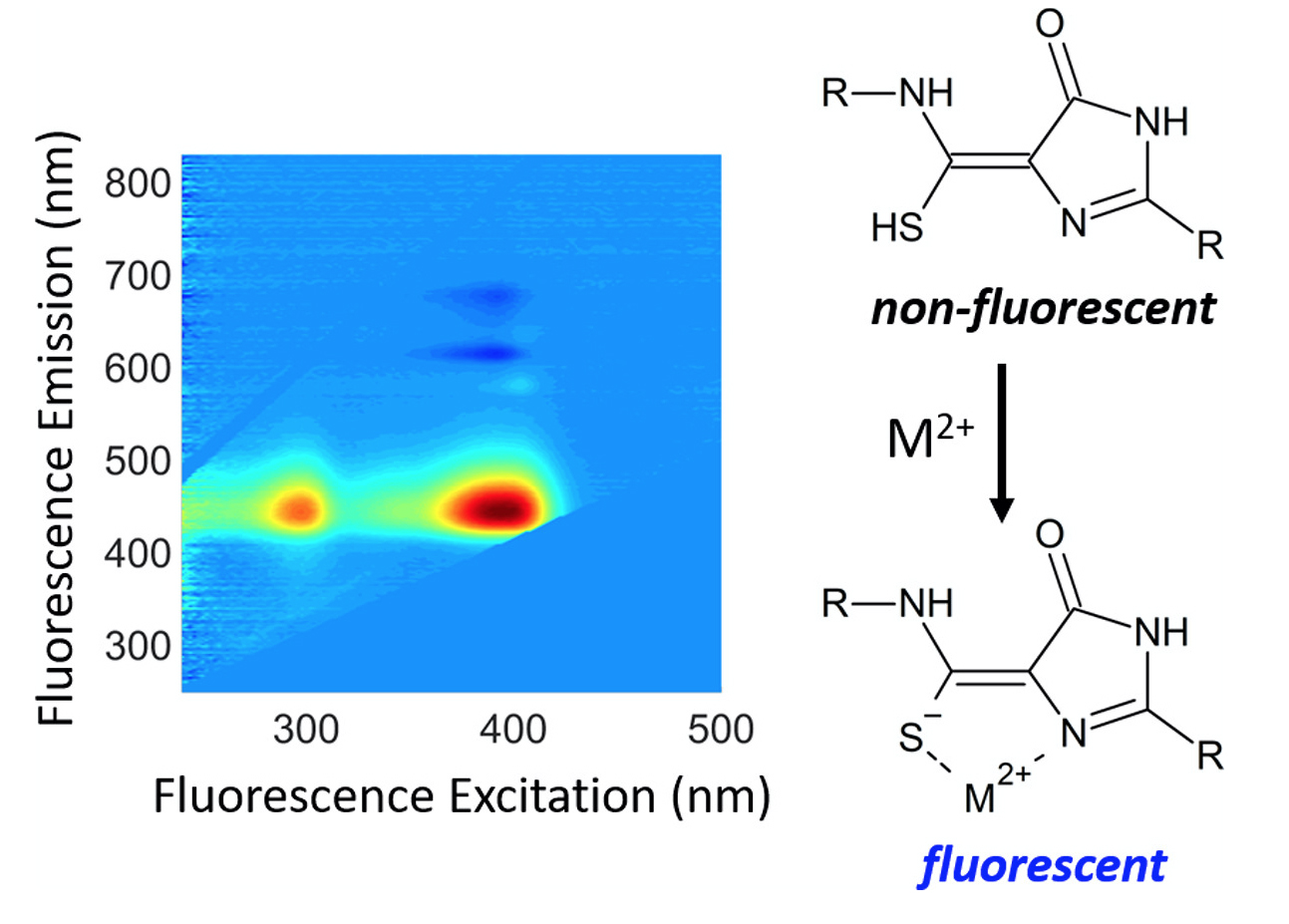
Methanobactins Control Biogeochemical Cycling of Trace Metals
Methanobactins strongly bind Cu ions and function as an extracellular Cu recruitment relay
Read More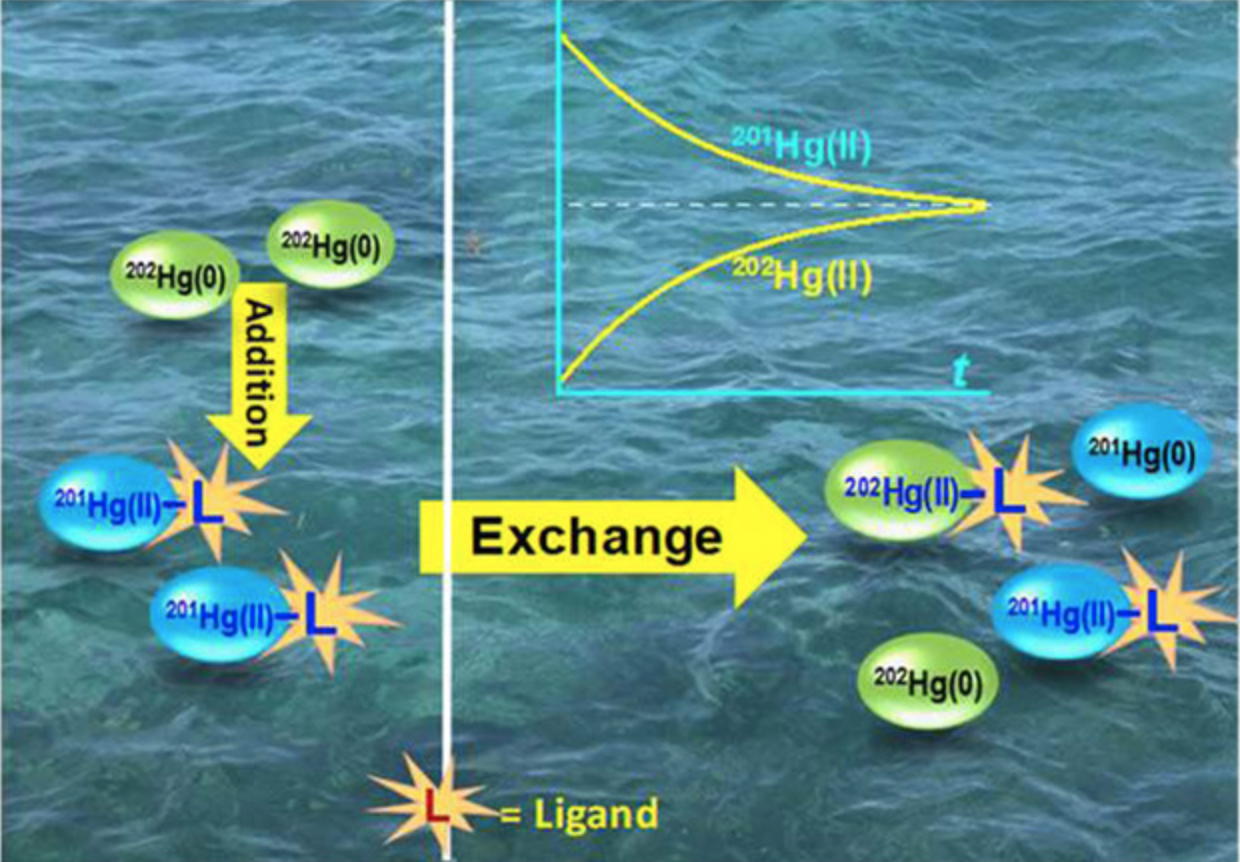
Overlooked Mercury Isotope Exchange in Environmental Tracer Studies and Implications
Parameters in a new multiscale model for stream transport are estimated from stream tracer tests
Read More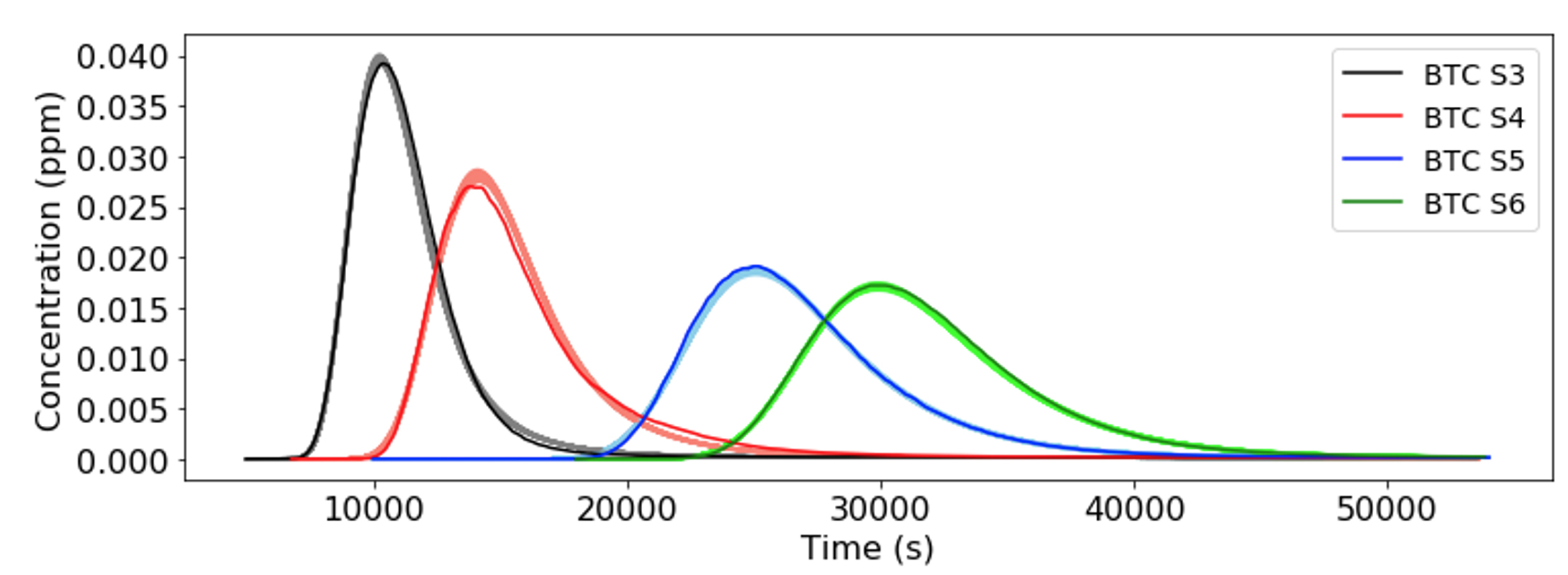
Tracer Tests Inform a New Model for Transport in Streams
Rapid, spontaneous mercury (Hg) isotope exchange in environmental matrices alter Hg isotope redistribution
Read MoreOUR NUMBERS
Progress to Date
- New ORNL Mercury SFA Annual Report (July 2021)
- Upgrades to Aquatic Ecology Laboratory Facilitate Mercury Research (October 22, 2020)
- COVID-19 Pandemic Impacts (June 26, 2020)
- Recent Conferences
- Goldschmidt 2020 Virtual Conference (June 21-26, 2020)
- American Geophysical Union Fall Meeting (December 9-13, 2020)
- 14th International Conference on Mercury as a Global Pollutant (Sept. 8-13, 2019)
- Feature: "ORNL Explores New Ways to Tackle Mercury Cleanup," WUOT (June 27, 2019)
- Energy Secretary's Visit to Aquatic Ecology Lab (May 10, 2019)
- Videos
- Energy Secretary's Visit to AEL video (May 10, 2019)
- Anoxic Water Seep at Channel Margins of East Fork Poplar Creek video (December 4, 2017)
- Meet the Scientist: Jason Demers video (December 1, 2017)
- Moonset and Sunrise on East Fork Poplar Creek: video (March 16, 2017)
- Newly Identified Microbial Process Could Reduce Toxic Methylmercury Levels video ORNL News Release (May 31, 2017)
- A Short Kayak Tour of East Fork Poplar Creek: video (March 9, 2013)
| Year | Citation |
|---|
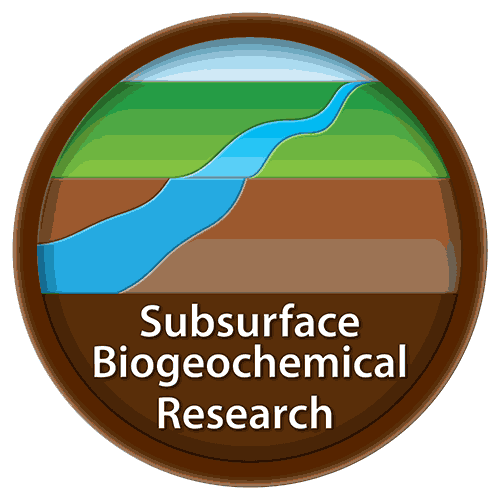 ORNL Mercury SFA sponsored by Subsurface Biogeochemical Research (SBR) program, U.S. Department of Energy's Office of Biological and Environmental Research. Paul Bayer, SBR Program Manager.
ORNL Mercury SFA sponsored by Subsurface Biogeochemical Research (SBR) program, U.S. Department of Energy's Office of Biological and Environmental Research. Paul Bayer, SBR Program Manager.
Security Notice | Contact Eric Pierce, ORNL | Website Questions | Site Map
File last modified: Wednesday, September 15, 2021
The ORNL Mercury SFA is sponsored by the Subsurface Biogeochemical Research (SBR) program within the U.S. Department of Energy's Office of Biological and Environmental Research.

